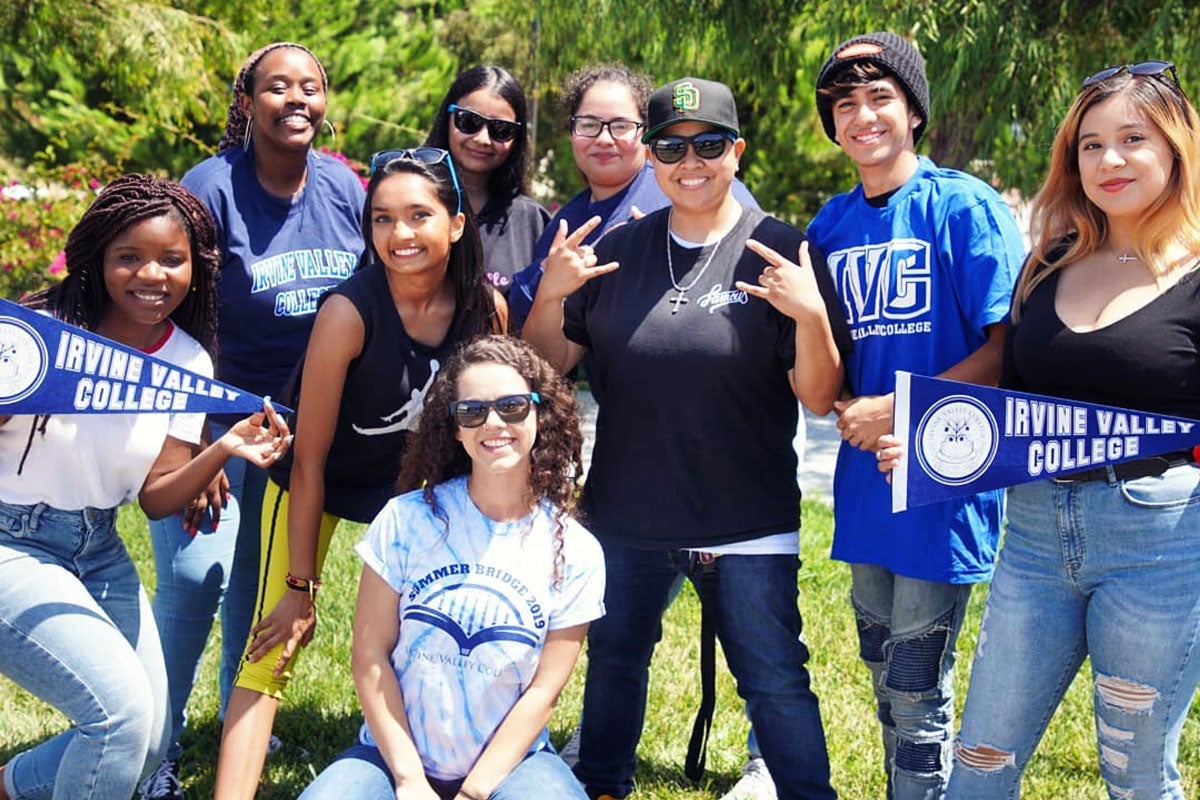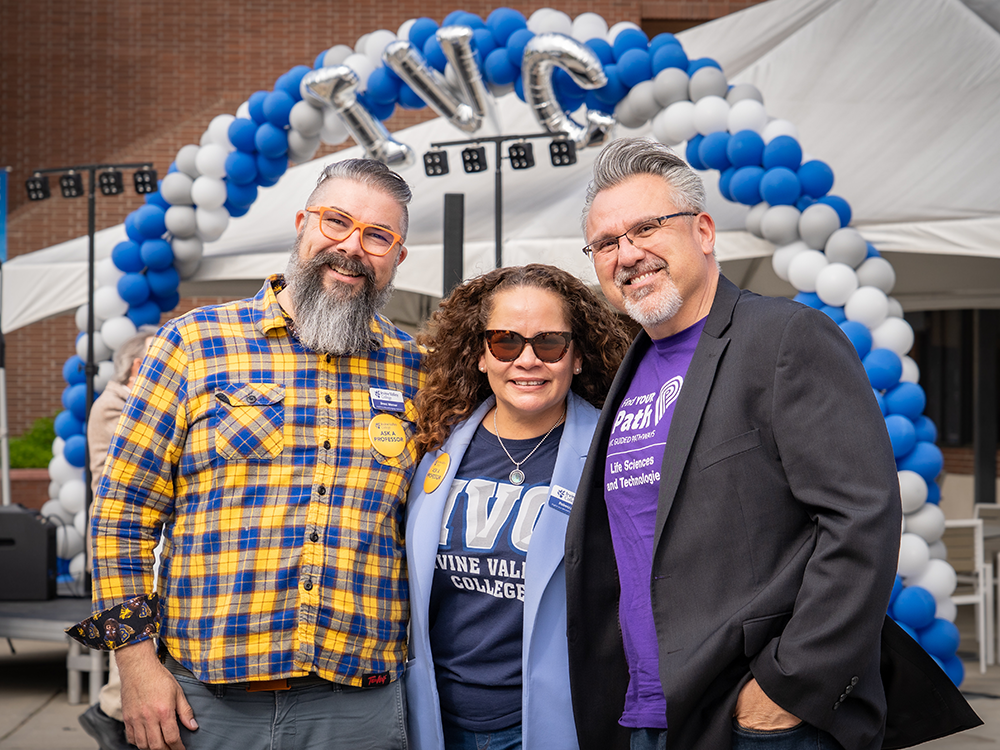Basic F-1 Visa Terms
Department of Homeland Security (DHS)
The Department of Homeland Security (DHS) is the office of the United States government that monitors the stay of all non-immigrant visitors in the U.S. including F-1 visa students. The DHS includes 3 divisions: Citizenship and Immigration Services (CIS), Immigration and Customs Enforcement (ICE), and Customs and Border Protection (CBP). Each division is responsible for specific aspects of immigration regulations including benefit applications, border entry and deportation and enforcement issues.
SEVIS
SEVIS is the Student and Exchange Visitor Program that monitors all F-1 visa students while they study in the U.S. All schools that admit F-1 visa students are linked directly to DHS through SEVIS. Schools are required to regularly report on the enrollment, address and status of enrolled F-1 visa students. DHS charges F-1 visa students the SEVIS fee in order to maintain the SEVIS system. The SEVIS fee is currently $350 and can be paid at www.fmjfee.com
I-20 Form (Certificate of Eligibility)
The I-20 is the immigration document that you received upon acceptance to IVC. The I-20 must be presented to the U.S. Embassy or Consulate in your home country in order to apply for the F-1 visa. It contains your SEVIS ID, which is at the top left side of page 1 of the I-20. The I-20 also contains your study information such as your major, degree objective, start and end dates of your program, and other personal data related to your F-1 status. The I-20 is the document that must always remain valid while you are in the U.S. in order for you to maintain your F-1 status.
I-901 SEVIS Fee
F-1 visa applicants are required to pay the SEVIS fee before applying for an F-1 visa and scheduling an appointment with the U.S. Embassy or Consulate. Students must have an I-20 to pay the SEVIS fee. For detailed information, visit www.fmjfee.com. The SEVIS fee is currently $350 and can be paid at www.fmjfee.com
F-1 Visa
The F-1 visa is the entry and exit document that the U.S. Embassy or Consulate in your home country issued to you. Canadian students do not need to obtain an F-1 visa at the U.S. Embassy. The F-1 visa indicates that you are in the US to study. is specific to those non- immigrant visitors who are in the United States for study. The F-1 visa is an entry document which is needed to enter the U.S.; the only time you are required to have a valid visa is when entering the U.S. from another country. Students may remain in the U.S. on an expired F-1 Visa as long as they are maintaining full-time status and have a valid I-20. For more information about visa applications, visit the U.S. Department of State at www.travel.state.gov.
F-1 or Student Status
F-1 or Student Status refers to your visa category upon entry into the United States. The F-1 visa requires that you enroll and maintain full-time student status at an approved institution throughout the authorized period of your stay in the U.S. For more information, visit https://studyinthestates.dhs.gov/
D/S
The D/S notation on the arrival stamp in your passport and I-94 means “duration of status.” All F-1 visa students are given a D/S notation upon entry into the U.S. This means that you are allowed to stay in the U.S. for as long as you are maintaining your student status. (Other visa categories are date specific).
I -94 Arrival and Departure Card
The I-94 card is available online for all travelers entering the U.S. The I-94 card records your date of entry into the U.S., the status that you have been granted and your authorized period of stay in the U.S. You can print out your I-94 card by visiting: https://i94.cbp.dhs.gov/I94/.
Maintaining your F-1/Student Status
Enrollment
In order to maintain your F-1 visa status, you are required to pursue a full course of study and make academic progress towards the completion of your academic goal or degree. A full course of study is as follows:
- Fall and Spring semester: F-1 visa students are required to enroll in and complete a minimum of twelve (12) units in the fall and spring semester. Summer enrollment is optional.
- Summer semester: F-1 visa students that start at IVC in the summer are require to enroll in and complete a minimum of six (6) units in their initial summer term. For all subsequent summer terms, enrollment is optional.
Online Coursework
Immigration regulations limit the number of online courses that an international student can enroll in. Only 3 units of online course work can be counted towards the 12-unit enrollment requirement. Nine (9) units must always be in the classroom. We are required to terminate the SEVIS record of students who have enrolled in too many online courses. Here are some scenarios to consider:
Must be enrolled in a total of | Can be enrolled In the classroom | Online Units |
| 12 units | 9 units | 3 units |
| 15 units | 9 units | 3-6 units |
Reduced Course Load
F-1 Visa students may enroll in less than 12 units if they meet one of the conditions indicated below and have prior written approval from the International Student counselor and the International Student Office.. Reduced Course Load (RCL) is only available if the student gets approval from the International Student Office BEFORE dropping the course; students who have already dropped the course are not eligible for a Reduced Course Load. Eligible Reduced Course Load reasons include:
Academic Difficulties
- Initial difficulties with the English language and American teaching methods: Can only be used one time during the course of study and must be used in your first semester of study.
- Improper course placement:Student has been placed in the incorrect course level; can only be used one time during the course of study.
- Unfamiliarity with American teaching methods: Can only be used one time during the course of study.
Medical Reasons
Illness or Medical Condition: This can be approved only by a licensed medical doctor, doctor of osteopathy or licensed clinical psychologist. Approval is submitted on the Medical Verification Form. Students are eligible for a total of 12 months of RCL for medical reasons.
Completion of a Course of Study
Completion of a specific course of study in the final semester: Students who are completing an associate degree, certificate or IGETC/CSU transfer certification requirements are eligible to have a reduced course load in their last semester at IVC. An updated MAP (Academic Plan) must be submitted with written verification from the International Student Counselor.
If you do not qualify for an RCL and do not register for the required 12 units, your SEVIS record will be terminated, placing you out of status.
I-20/Program Extension
Your initial I-20 is granted for a total of 36 months (three years) which is IVC’s estimate of how long it will take a student to complete an associate degree and/or transfer certification. If you are unable to complete your course of study by the end date on your I-20, you may be eligible for an I-20 extension. The reason for the extension will need to be reviewed by the International Student Counselor. Updated financial documents verifying funding for the additional time of study are also required. Students must request an extension BEFORE the expiration date on the I-20 is reached.
NOTE: U.S. DHS regulations expressly prohibit granting an extension due to academic probation. Students who have been on academic probation and who do not complete their program on time are considered out of status.
Completion of Studies
Upon completion of your course of study or practical training, you are granted a 60-day grace period to prepare for your departure from the U.S., to transfer to another academic program or to change your status to a different nonimmigrant classification. This grace period only applies to completion of a program and only applies for students who are maintaining their F-1 status. It is important that you inform the International Student Program of your plans after completion of study.
Change of Major
DHS requires that your major be accurately reflected on your I-20. If you change your major while a student at IVC, please alert the International Student Office so that an updated I-20 can be issued. If the change of major requires additional time of study beyond the dates of your I-20, additional financial documentation may be requested
Duplicate I-20:
If you lose your I-20, the International Student Office can print a duplicate for you. Duplicate I-20s take 3-5 days to process.
Concurrent Enrollment
Students who attend IVC full time and wish to enroll at another university must submit a request for concurrent enrollment (Saddleback College not included). To be eligible, students must first complete one semester at IVC and maintain a GPA of 2.0. Concurrent enrollment at other campuses may be considered when the course(s) you are seeking are not offered at IVC or Saddleback. Enrollment cannot exceed 6 units and students must submit the “Concurrent Enrollment IVC Student” form. Please visit ISP Forms to access this document.
Saddleback College enrollment: Permission for concurrent enrollment is not necessary for taking classes at Saddleback College. However, students are limited to 6 units each semester at Saddleback.
Transfer to Another College/University
When you are ready to transfer to a university, you must provide the International Student Office with a copy of your acceptance letter from the new school and the “SEVIS Transfer Request” form. Please visit ISP Forms to access this document. The SEVIS system will only allow your record to be transferred to one school; you must be sure what university you are going to attend and then request a SEVIS transfer. Students must be in valid F-1 status at IVC in order to have the SEVIS record transferred.
Loss of F-1 Status/Reinstatement
There are serious consequences for F-1 visa students who fall out of status while in the U.S. ?F-1 visa students are considered out of status if they violate the terms of their F-1 visa by one of the following:
- Withdrawal from classes without a valid reason or an approved Reduced Course Load (RCL).
- Failure to enroll and complete 12 units in the fall and spring semesters.
- Dropping out of school or failure to enroll.
- Failure to report current physical address.
- Illegal employment
- Allowing the I-20 to expire
- Suspension or expulsion from IVC
Students who are out of status are not eligible for travel signatures, verification letters, on-campus employment or OPT authorization. In addition, out of status students may face serious penalties from the DHS should they remain out of status.
If you fall out of status, you must pursue reinstatement as soon as possible.
Reinstatement
Students who violate their status may apply for reinstatement to regain their F-1 visa status. Reinstatement is a complex adjudication process that requires academic counseling and immigration assistance from an international student advisor. If you do not apply within 5 months, you may become ineligible for reinstatement so you are advised to apply as soon as you are notified that you are out of status. Reinstatement requires an application and fee to CIS and takes about 90 days to process. Reinstatement is not guaranteed and is at the discretion of the CIS officers. For detailed information about reinstatement, schedule an appointment with the international student specialist.
Obtaining New Status Through Travel
In certain cases, it is advisable to make a new entry into the U.S. on a new initial I-20 instead of applying for reinstatement. Such cases include if you will travel soon after falling out of status or if you have a low GPA. Re-entry is not reinstatement into your current status; instead, it is giving you a new SEVIS ID, which requires you to pay the SEVIS fee again. Any previous time accumulated towards employment benefits will be lost; your academic record does not change. As you will need a new I-20, you will need to first submit new bank information to the International Student Program as a part of this process.
For any questions related to immigration or your F-1 visa, please contact the International Student Office at 949-451-5414 to schedule an appointment with one of our knowledgeable advisors!
For an overview and helpful tips regarding the F-1 visa, visit: http://studyinthestates.dhs.gov/students.
Address Reporting
Department of Homeland Security (DHS) regulations require you to report your physical address within 10 days of moving. This is done by reporting your new address in MySite. A Post Office (PO) Box cannot be used to meet this reporting requirement; we must have the address where you actually live. Failure to update your address is a violation of your F-1 status.





